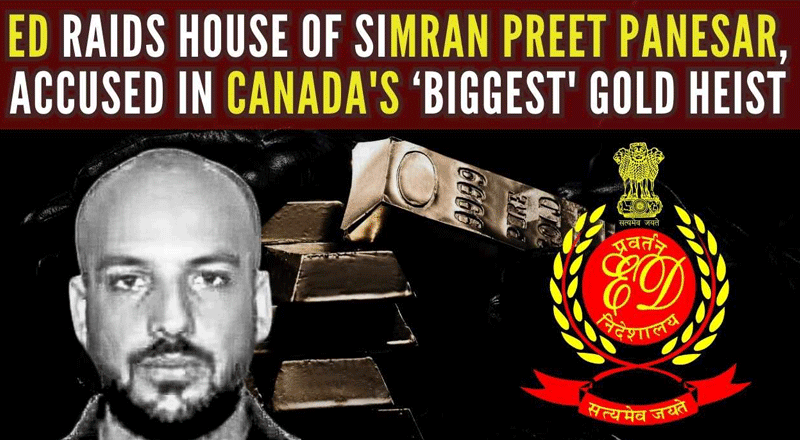Snana Purnima, celebrated on the full moon day of the Jyestha month, holds immense significance in the cultural and spiritual tapestry of Odisha, particularly in the revered Jagannath Temple of Puri. This sacred bathing ceremony of the deities—Lord Jagannath, Lord Balabhadra, and Devi Subhadra—serves as an essential precursor to the grand Jagannath Rath Yatra. The ritual, rich in symbolism and tradition, signifies the purification and renewal of the deities, marking a vital phase in their annual cycle.
The Intricate Rituals of Snana Purnima
The day of Snana Purnima begins with the elaborate preparations for the ceremonial bathing of the deities. In a colorful procession known as ‘Pahandi,’ Lord Jagannath, Lord Balabhadra, and Devi Subhadra are escorted from the sanctum sanctorum to the Snana Mandap, an elevated platform overlooking the main street. The Daitapatis, special priests descended from the original tribal worshippers, take over from the regular priests the previous night. They adorn the deities with ‘Senapatta,’ a special body armor made from ‘Baula’ wood, in preparation for the sacred bath.
Following the ‘Mangal Arati,’ temple servants called Suaras and Mahasuaras set out in a ceremonial procession to collect water from the Suna Kua (Golden Well) within the temple premises. Using copper and gold vessels, they cover their mouths with cloth to ensure the purity of the water, preventing any contamination. The water is then purified by Palla pandas, Brahmin priests, using turmeric, whole rice, benachera, sandalwood, aguru, flower perfumes, and medicinal herbs.
In the early hours, the Suaras carry the purified water in a single-line procession to the Snana Vedi, the designated bathing platform. The deities, draped in silken cloth and smeared with red vermilion powder, are then brought to the platform. The bathing ceremony involves 108 pots of water—35 for Lord Jagannath, 33 for Lord Balabhadra, 22 for Devi Subhadra, and 18 for Lord Sudarshan. This water, infused with aromatic herbs and sandalwood paste, is meticulously poured over the deities, marking a royal cleansing ritual that signifies the washing away of impurities and the renewal of divine energy.
The Evening Transformation: Hati Besha
As the day progresses into the evening, the deities undergo a significant transformation in a ritual known as ‘Hati Besha,’ where they are dressed in attire that presents them as incarnations of elephants. Lord Jagannath and Lord Balabhadra are adorned with elephant-like garments, while Devi Subhadra wears a lotus flower dress. This unique tradition is rooted in a legend where Lord Jagannath took the form of an elephant to appease a devotee of Lord Ganesha, symbolizing divine empathy and connection with the devotees.
The deities’ elephant attire provides a unique and auspicious opportunity for darshan, starting from 6:30 PM. Devotees gather in large numbers to witness this divine spectacle, which is believed to bring blessings and spiritual purification. The evening rituals also include the ‘Chhera Pahanra,’ where Puri King Gajapati Maharaj Dibyasingha Deb or his representative performs a ceremonial sweeping of the Snana Mandap, symbolizing humility, service, and the equality of all before the divine. This act is followed by an open darshan, allowing devotees to behold the deities in their transformed appearance.
Significance of Snana Purnima
Snana Purnima is not merely a bathing ritual but a profound spiritual event that holds deep cultural and religious significance. It is a time when devotees believe that witnessing the deities on this auspicious day cleanses them of sins and bestows divine blessings. The ritual represents the themes of cleansing, renewal, and spiritual rejuvenation, all of which are pivotal in the lead-up to the Jagannath Rath Yatra, one of the most celebrated and grandiose festivals in Odisha.
Following Snana Purnima, the deities are secluded from public view for fifteen days in a special room known as the Ratan Vedi, during a period called ‘Anabasara Kala.’ This seclusion is a time of rest and rejuvenation for the deities, allowing them to recover and renew their divine energies. On the sixteenth day, the deities reappear for public viewing in an event known as Netrotsava or Naba Yauvanotsava, which signifies their renewed youth and vigor.
In essence, Snana Purnima serves as a sacred and joyous prelude to the grand Jagannath Rath Yatra. It embodies the rich cultural heritage and deep spiritual traditions of Odisha, offering devotees a profound connection with the divine. Through this ritual, the deities are prepared for their journey, and the devotees are spiritually cleansed and rejuvenated, ready to partake in the upcoming celebrations with renewed devotion and enthusiasm.
(With inputs from agencies)





